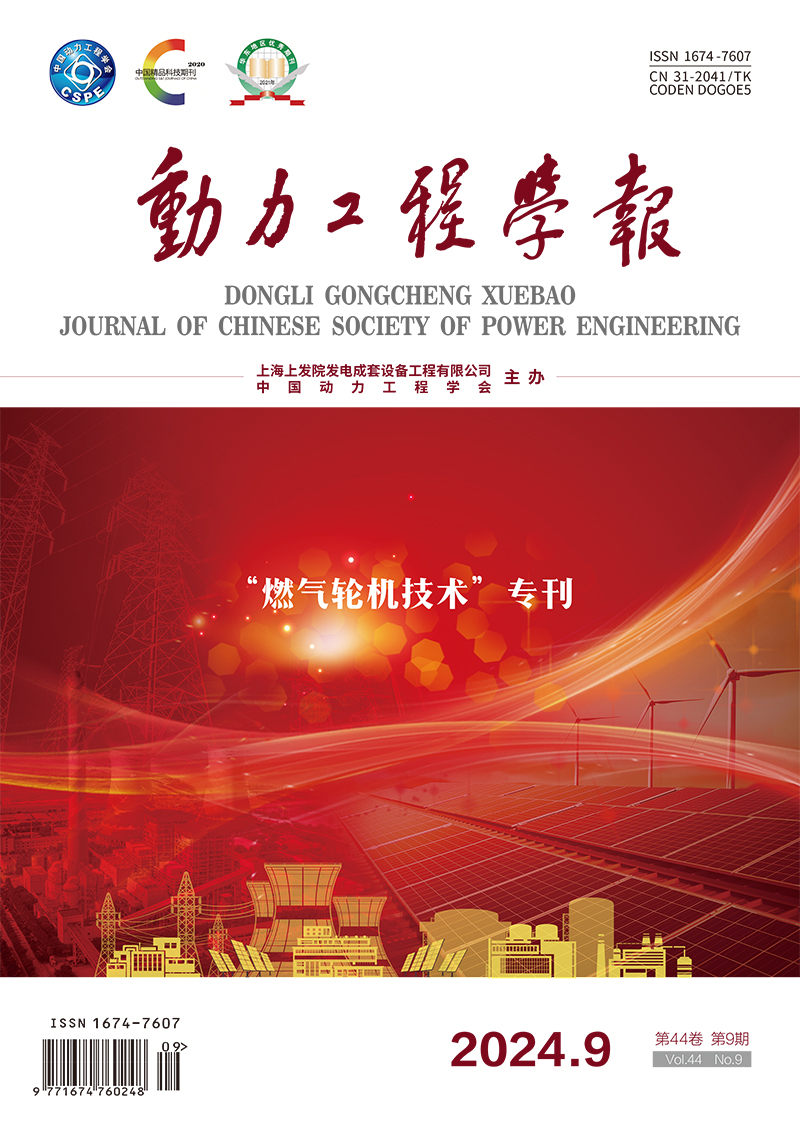CHEN Qiang, WANG Kailin, JIANG Wenbin, QUE Xiaobin, YU Han, WU Wentao
To improve the thermodynamic performance of the heavy duty gas turbine with bleed air, a novel gas turbine system with high effective utilization of bleed air energy was proposed, and the change of thermodynamic performance was researched. Taking the performance data of a traditional typical F-class gas turbine under different ambient temperature conditions as the comparison reference, for the novel gas turbine with high effective bleed air cooling, the changes of performance indicators of the total system were analyzed with different design parameters of cooling system by numerical simulation, while the thermodynamic performances under three operation modes were calculated and compared. Results show that the temperature of bleed air from compressor can be effectively decreased by adopting the novel gas turbine system with high effective utilization of bleed air cooling, and the thermodynamic performance of gas turbine is further improved. Under summer condition, when the inlet air temperature is cooled to 30, 20, and 15 ℃, respectively, the output power is increased by 25.92, 40.49, and 48.22 MW, and the efficiency of gas turbine is improved by 0.78, 1.19, and 1.40 percentage points.
